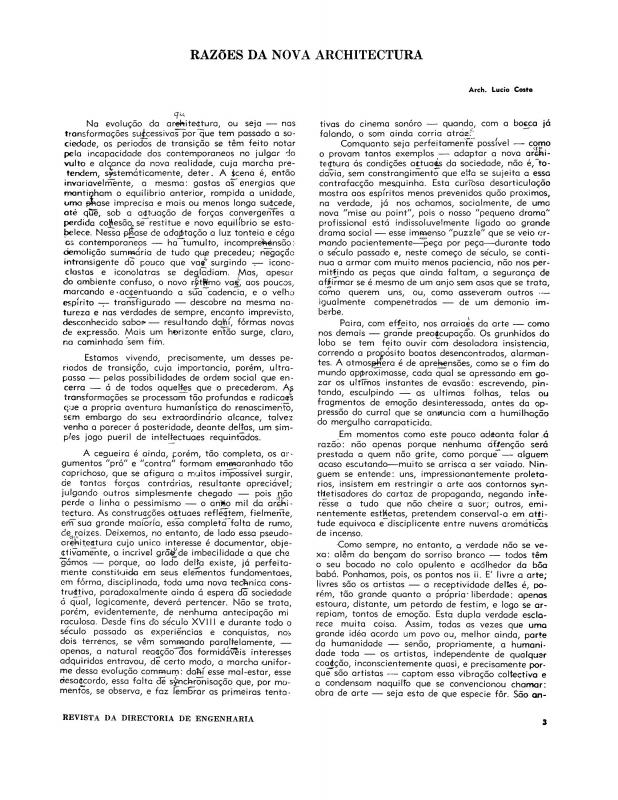When he took over as Director of the Escola Nacional de Bellas Artes in 1930, the architect Lúcio Costa made some radical changes at the school. He also encouraged the birth of modern art in Rio de Janeiro, which in those days was the capital of Brazil. Among other things, his appointment helped to diminish the power of the Brazilian academics associated with that important educational institution. The 38ª Exposição Geral de Bellas Artes that was held the following year, in 1931, came to be known as the Salão Revolucionário for two reasons: mainly because of its particular exhibits, but also because it was organized against the backdrop of the Revolução Tenentista, the “Lieutenant’s Revolution” that overthrew the government and put Getúlio Vargas in power for almost a quarter of a century. The jury for the Salão—that accepted in advance the countless works submitted—included the painters Anita Malfatti, Cândido Portinari, and Celso Antônio, the poet Manuel Bandeira, and the architect Lúcio Costa. The catalogue for the event includes a complete list of the 674 works and the participants’ bios. The breakdown is as follows: paintings (1 to 507), sculpture and prints (508 to 636), and architecture (637 to 671).
See also Lúcio Costa’s academic concerns regarding a renewal of the base program for the postgraduate course at the Instituto de Artes da Universidade do Distrito Federal, in “Razões da nova architectura” [doc. no. 1110344].

